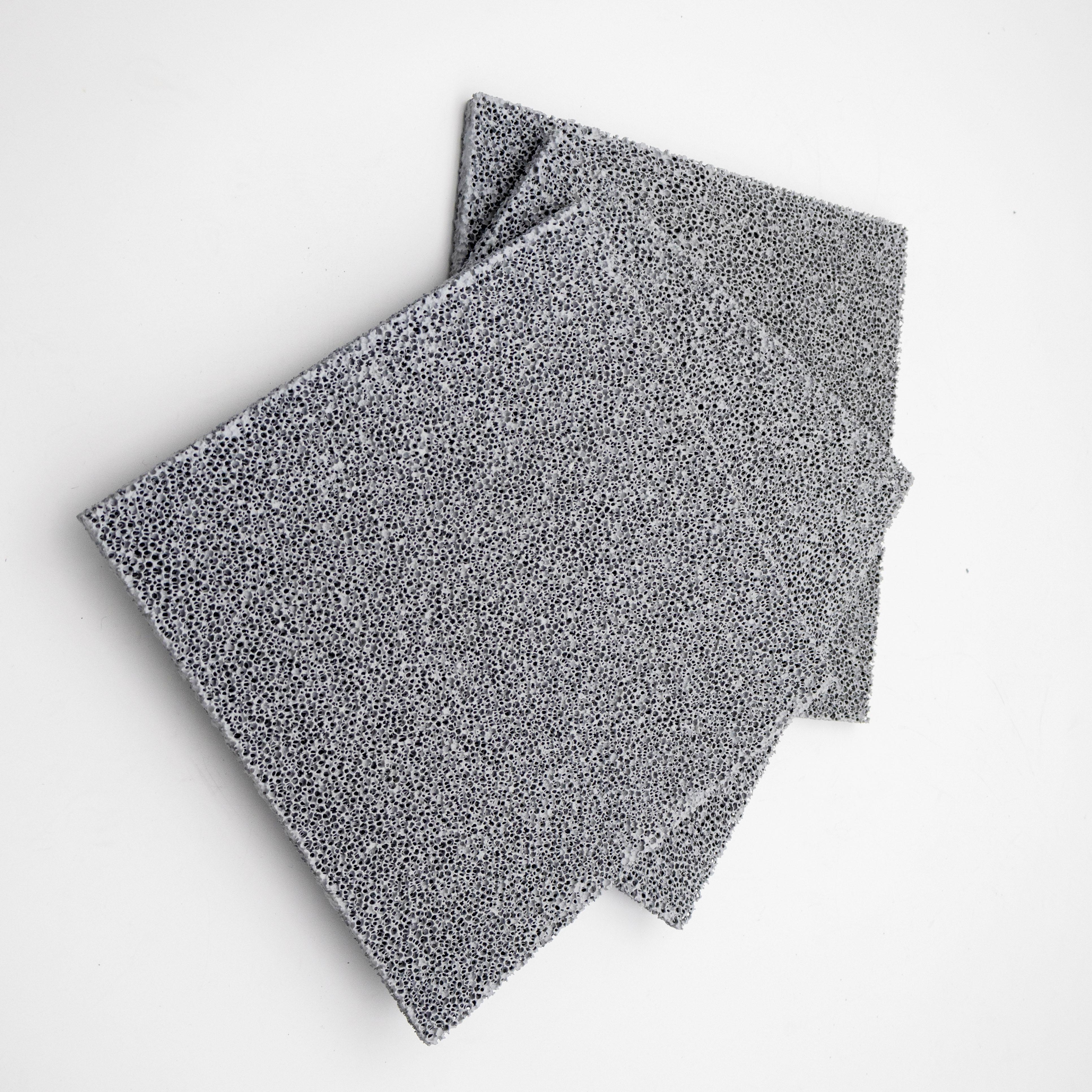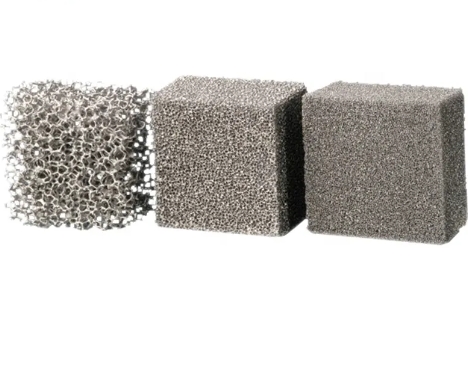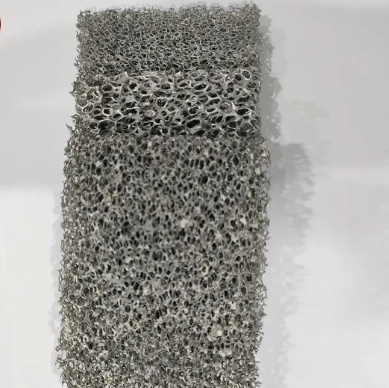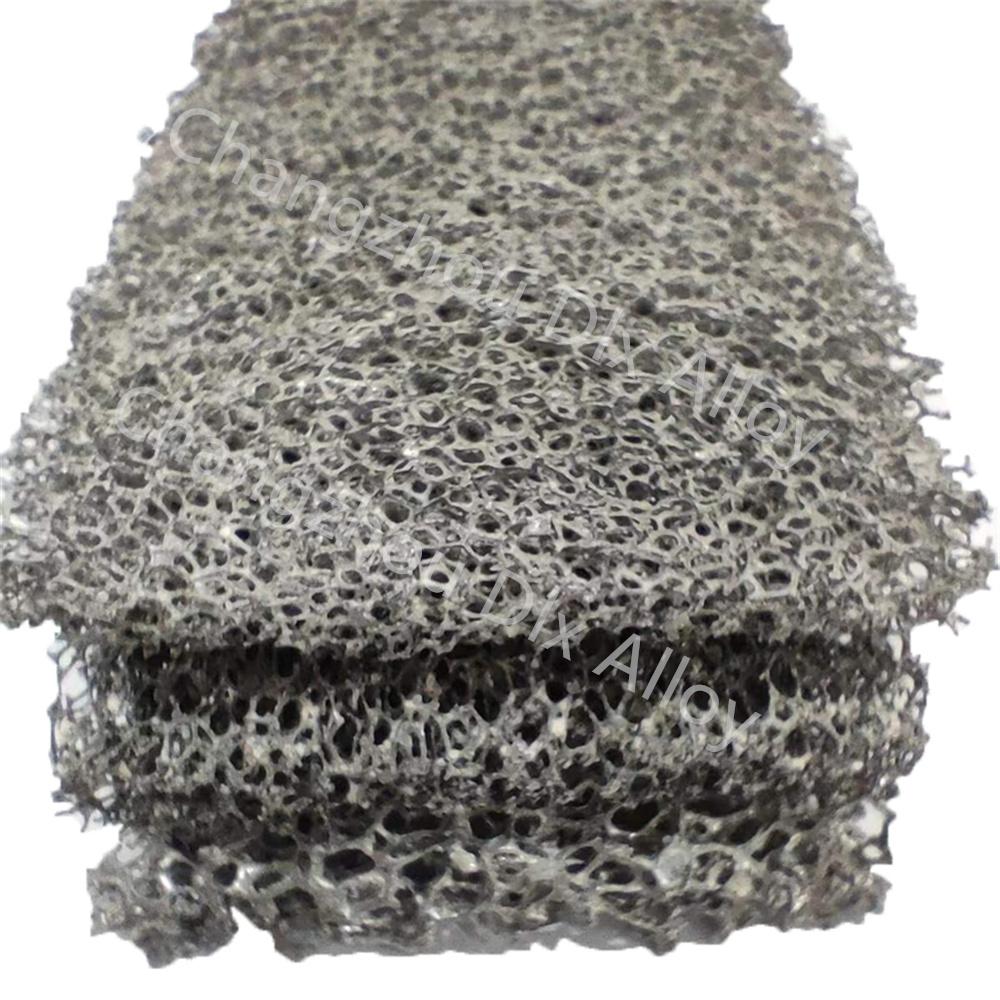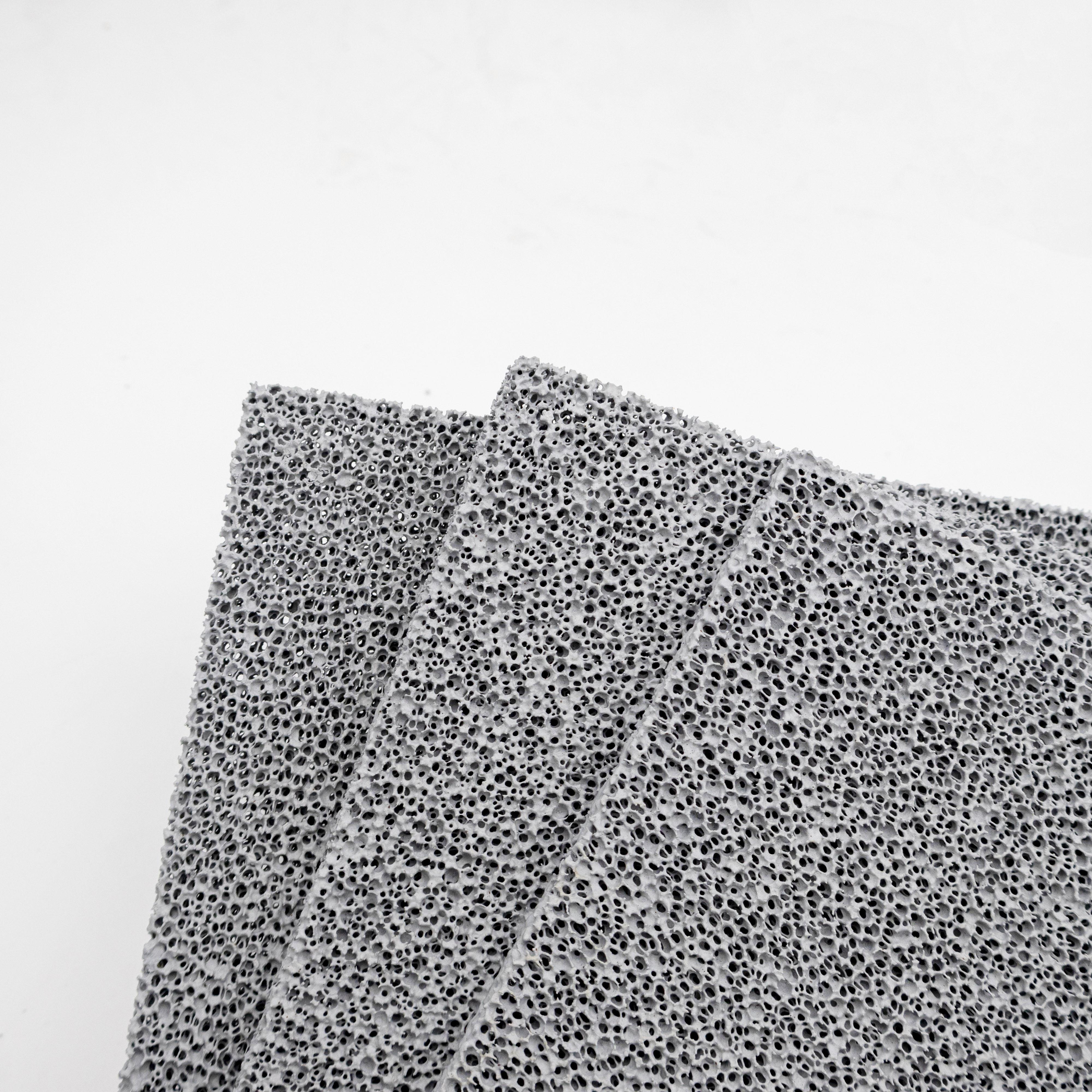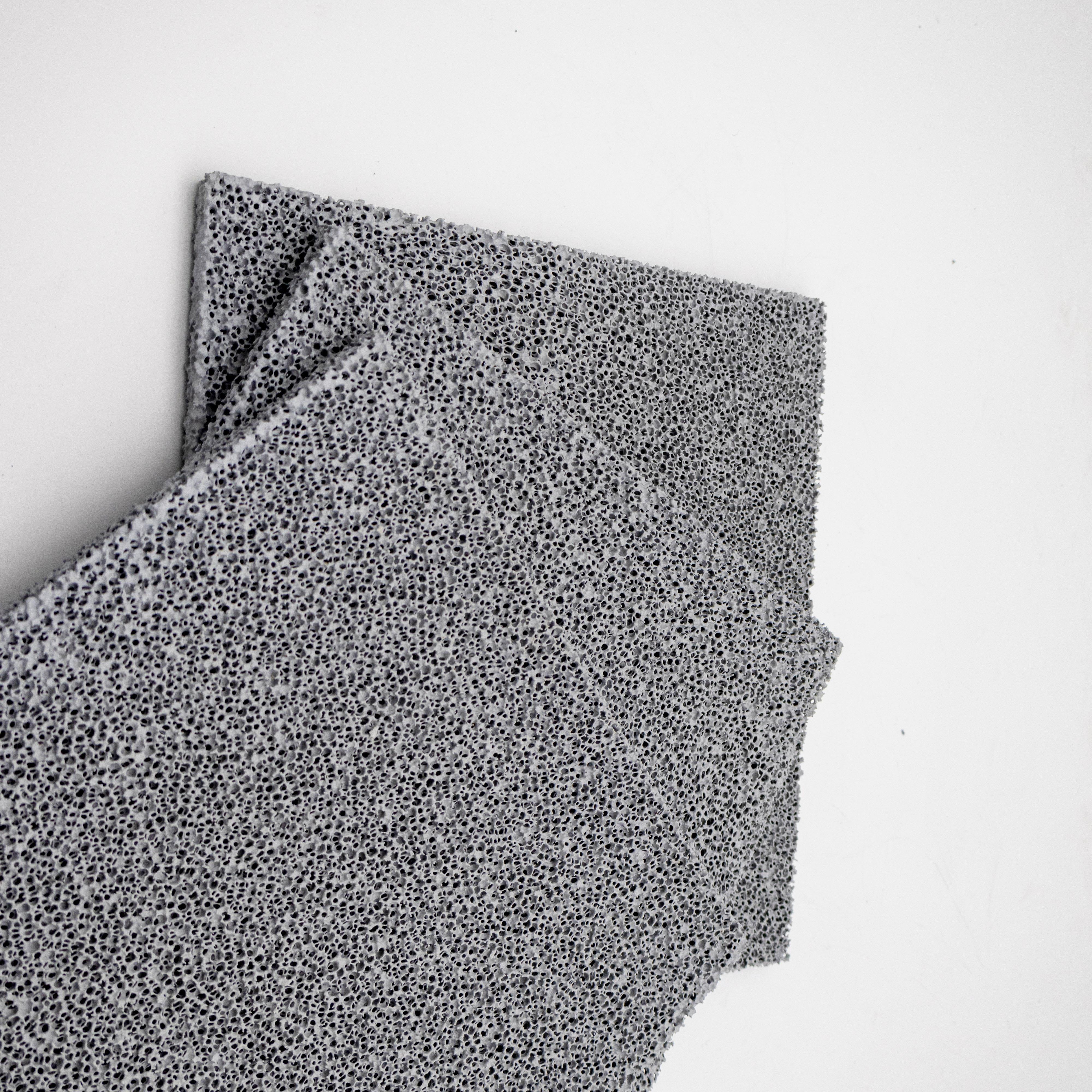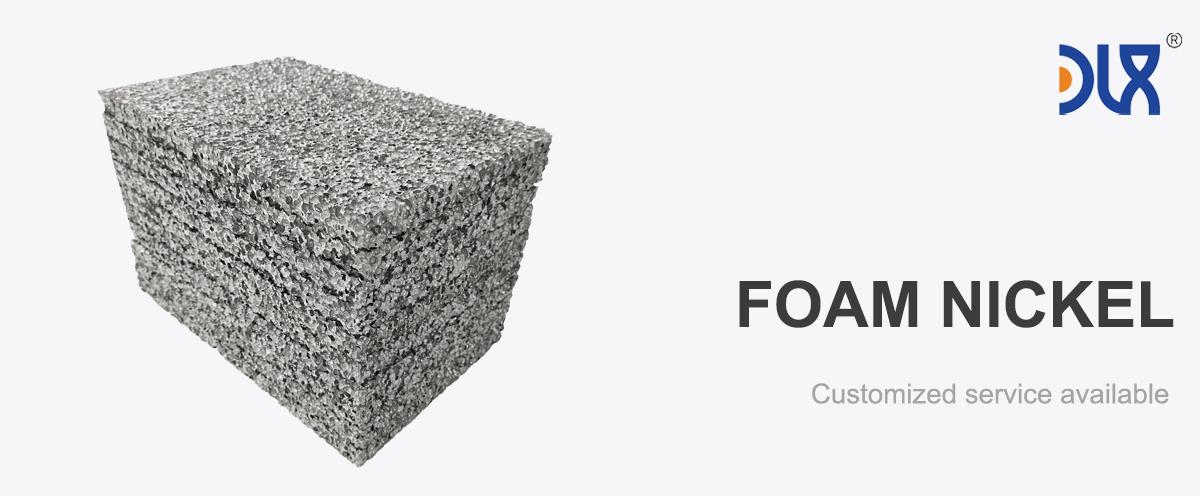
Our high-thermal conductivity Nickel Foam is a game-changer for catalytic converters, delivering top-notch heat transfer and durability to tackle emissions in automotive and industrial applications. Lightweight, porous, and built to last, this material is transforming how industries manage heat and catalyze reactions. Let’s dive into what makes our nickel foam special, explore its applications, unpack industry trends, and show why we’re leading the way in catalytic solutions.
Our nickel foam is a lightweight, porous material crafted from high-purity nickel, featuring a three-dimensional, open-cell structure with porosity up to 95%. This creates a massive surface area for catalyst loading, while its standout feature—exceptional thermal conductivity—ensures efficient heat distribution across catalytic converters. Weighing just 0.1-1.0 g/cm³, it’s incredibly light yet tough enough to handle high temperatures and harsh chemical environments. Its corrosion resistance keeps it performing in aggressive conditions, and we use advanced electrodeposition and 3D printing to customize pore size, thickness, and density to fit your needs. Whether you’re reducing vehicle emissions or optimizing industrial reactors, our foam delivers unmatched efficiency and reliability.
Why High-Thermal Conductivity Nickel Foam Matters
Catalytic converters are all about turning harmful emissions into cleaner outputs, and our nickel foam makes that process more efficient. Its high thermal conductivity ensures even heat distribution, which is critical for activating catalysts and maintaining reaction rates in high-temperature settings. The foam’s porous structure maximizes catalyst contact, speeding up reactions like the breakdown of nitrogen oxides or carbon monoxide. Its lightweight design reduces system weight, a big win for fuel efficiency in vehicles. Plus, its corrosion resistance means it stands up to the harsh chemical environments inside converters, cutting maintenance costs and extending service life. This combination of heat management, durability, and efficiency makes our foam a must-have for emission control.
|
Material |
Nickel foam, Sold in sheet |
|
Dimension |
500*1000, or customized as request |
|
Thickness |
0.5mm, 1.0mm, 1.5mm, 2.0mm, etc |
|
The aperture |
80 PPI (5-80 PPI available) |
|
Porosity |
90-98% |
|
Through Hole Rate |
≥98% |
|
Bulk density |
0.15-0.45g/cm3 |
For more details, pls directly contact us.
The nickel foam market is heating up, driven by the global push for cleaner emissions and sustainable technologies. Valued at $180.5 million in 2023, it’s projected to hit $246.7 million by 2030, growing at a CAGR of 5.42%. The automotive industry is a major driver, with stricter emission standards pushing manufacturers to adopt high-performance catalytic materials. Industrial sectors like chemical processing and environmental tech are also jumping on board, seeking efficient solutions for emission control and catalysis. The rise of electric vehicles (EVs) and hybrid systems is boosting demand for lightweight materials that don’t compromise on durability.
Sustainability is a big factor in this market. Governments and consumers are demanding greener solutions, and our nickel foam fits the bill—it’s fully recyclable and produced with energy-efficient methods. Innovations like nanostructured foams and 3D printing are opening new possibilities, allowing us to create tailored substrates for specific catalytic needs. As industries chase cleaner, more efficient technologies, our high-thermal conductivity nickel foam is positioned to lead the market.
Applications: Where Our Nickel Foam Excels
Our high-thermal conductivity nickel foam is a versatile material, delivering results across a range of applications:
-
Automotive Catalytic Converters: It enhances catalyst efficiency, reducing emissions like CO, NOx, and hydrocarbons in vehicles for cleaner air.
-
Industrial Emission Control: Used in chemical plants and power generation, our foam supports catalysts that break down pollutants, meeting strict regulations.
-
Chemical Reactors: Its high surface area and thermal conductivity boost reaction rates in processes like hydrogenation and oxidation.
-
Heat Exchangers: The foam’s heat transfer capabilities make it ideal for compact heat exchangers in automotive and industrial systems.
-
Aerospace Applications: Lightweight and durable, it’s used in emission control systems for aircraft, improving fuel efficiency and performance.
-
Environmental Technology: It supports photocatalytic and catalytic systems for air and water purification, tackling pollutants effectively.
Industry Trends: What’s Driving Nickel Foam Forward
The nickel foam market is evolving fast, and we’re staying ahead of the game. Here are the trends shaping the industry:
-
Emission Regulations: Stricter global standards, like Euro 7 and EPA rules, are driving demand for high-efficiency catalytic materials like our foam.
-
Sustainability Push: Eco-friendly production and recyclable materials are must-haves, and our foam delivers with sustainable manufacturing and full recyclability.
-
Lightweight Design Demand: Automotive and aerospace industries are prioritizing weight reduction, and our low-density foam is a perfect fit.
-
Nanostructured Foams: Advances in nanotechnology are enabling ultra-high-surface-area foams, boosting catalytic efficiency for next-gen applications.
-
Electrification Growth: The rise of EVs and hybrids is increasing demand for lightweight, durable materials for emission control systems.
-
Customizable Solutions: 3D printing and electroforming let us tailor foam structures for specific catalysts, optimizing performance.
Why Choose Our High-Thermal Conductivity Nickel Foam?
We’re not just making nickel foam—we’re crafting solutions that drive cleaner, more efficient performance. Here’s why our high-thermal conductivity nickel foam stands out:
-
Superior Heat Transfer: Our foam’s high thermal conductivity ensures even heat distribution, maximizing catalyst efficiency and reaction rates.
-
Customizable Design: We fine-tune pore size, thickness, and density to match your exact catalytic needs, ensuring top performance.
-
Corrosion Resistance: Built to withstand harsh chemical environments, our foam reduces maintenance and extends converter life.
-
Lightweight Strength: At 0.1-1.0 g/cm³, it cuts system weight without sacrificing durability, ideal for automotive and aerospace applications.
-
Eco-Friendly Edge: Fully recyclable and produced with sustainable methods, our foam aligns with green initiatives and global standards.
-
Expert Support: Our team partners with you from design to deployment, offering expertise to tackle your toughest catalytic challenges.
Comparison Parameters Table
|
Parameter |
Nickel Foam |
Ceramic Honeycombs |
Metal Honeycombs |
Polymer Substrates |
|---|---|---|---|---|
|
Thermal Conductivity |
High (excellent heat distribution) |
Low (poor heat transfer) |
Moderate (lower than nickel) |
Low (not suitable for high temperatures) |
|
Porosity |
High (up to 95%, customizable) |
Moderate (fixed structure) |
Low (limited surface area) |
High (but inconsistent) |
|
Corrosion Resistance |
Excellent (resists harsh chemicals) |
Good (but brittle in some conditions) |
Moderate (prone to oxidation) |
Poor (degrades in chemicals) |
|
Mechanical Durability |
High (withstands vibrations/heat) |
Low (brittle, prone to cracking) |
Moderate (less durable than nickel) |
Low (deforms under stress) |
|
Weight |
Lightweight (0.1-1.0 g/cm³) |
Heavy (denser than nickel) |
Moderate (heavier than nickel) |
Lightweight (but less durable) |
|
Electrical Conductivity |
High (supports catalytic processes) |
None (non-conductive) |
Moderate (varies by material) |
None (non-conductive) |
|
Recyclability |
Fully recyclable |
Limited (difficult to recycle) |
Recyclable (energy-intensive) |
Limited (degrades over time) |
|
Cost-Effectiveness |
Moderate (long lifespan, high performance) |
Low (cheaper but less durable) |
Moderate (shorter lifespan in harsh conditions) |
Low (frequent replacements needed) |
Our high-thermal conductivity nickel foam outperforms other catalytic substrates. Ceramic honeycombs are common but lack the thermal conductivity and durability needed for high-performance systems, often cracking under stress. Metal honeycombs offer decent strength but are heavier and less porous, limiting catalyst loading. Polymer substrates are lightweight but degrade quickly in high-temperature or chemical environments. Our nickel foam hits the sweet spot: exceptional thermal conductivity, high porosity, lightweight design, and superior corrosion resistance, all backed by sustainable production.
We go beyond the product itself. Our end-to-end support—from custom design consultations to post-production service—ensures you get the most out of our foam. Our advanced manufacturing techniques, like electrodeposition and 3D printing, deliver consistent quality and tailored solutions that competitors can’t match.
Looking to the Future
The future of high-thermal conductivity nickel foam is bright, and we’re excited to lead the charge. As emission standards tighten and industries push for cleaner, more efficient technologies, the demand for high-performance catalytic materials will skyrocket. We’re investing heavily in R&D to push the boundaries of what our foam can do, from developing nanostructured foams for advanced catalytic converters to high-density options for industrial reactors. Our commitment to sustainability means we’re constantly refining our processes to reduce waste and energy use, aligning with global environmental goals.
Our high-thermal conductivity nickel foam isn’t just a material—it’s a catalyst for cleaner air and a greener future. It’s lightweight, durable, and built to power the next generation of emission control systems. Ready to see how it can transform your project? Let’s talk about making it happen.
For more details, pls directly contact us.

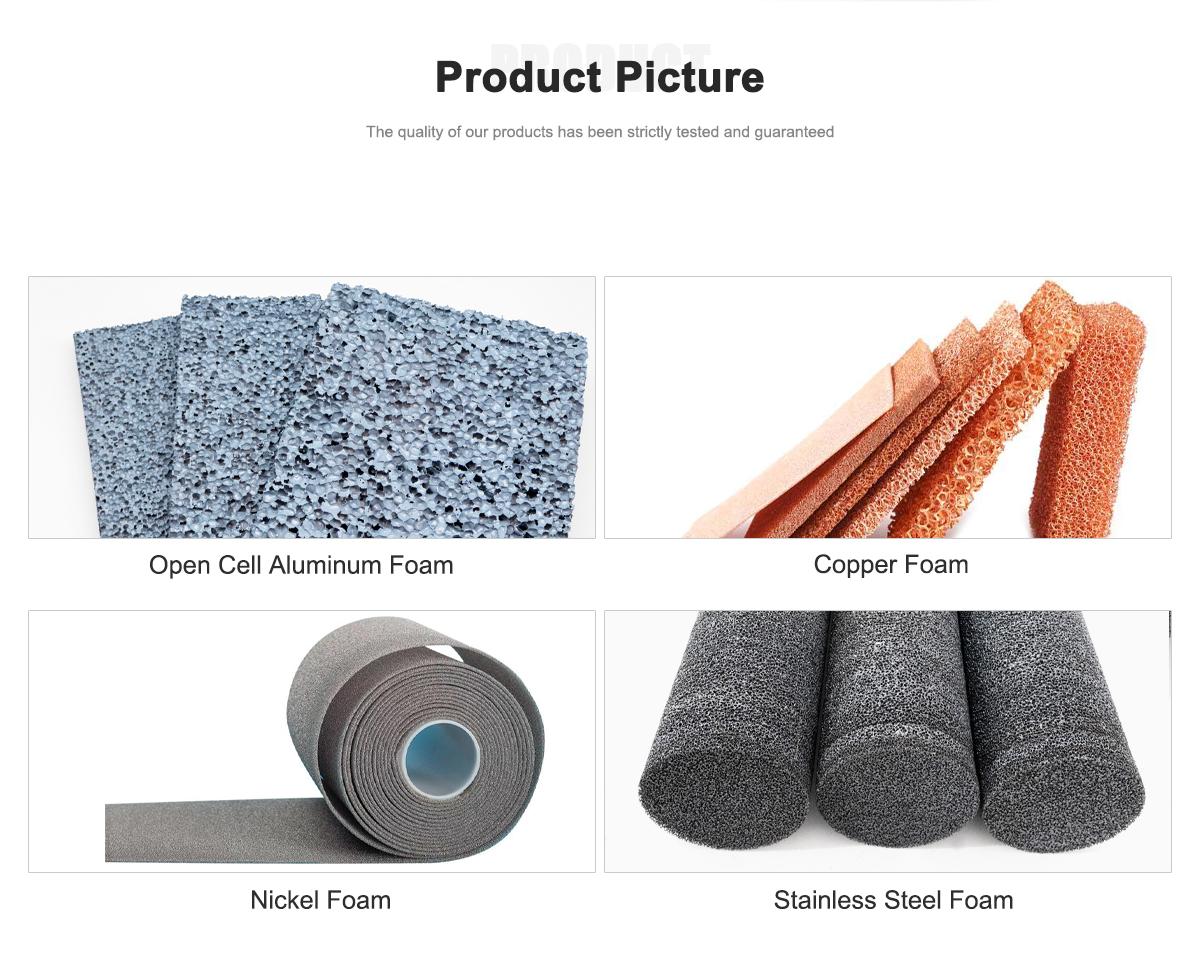
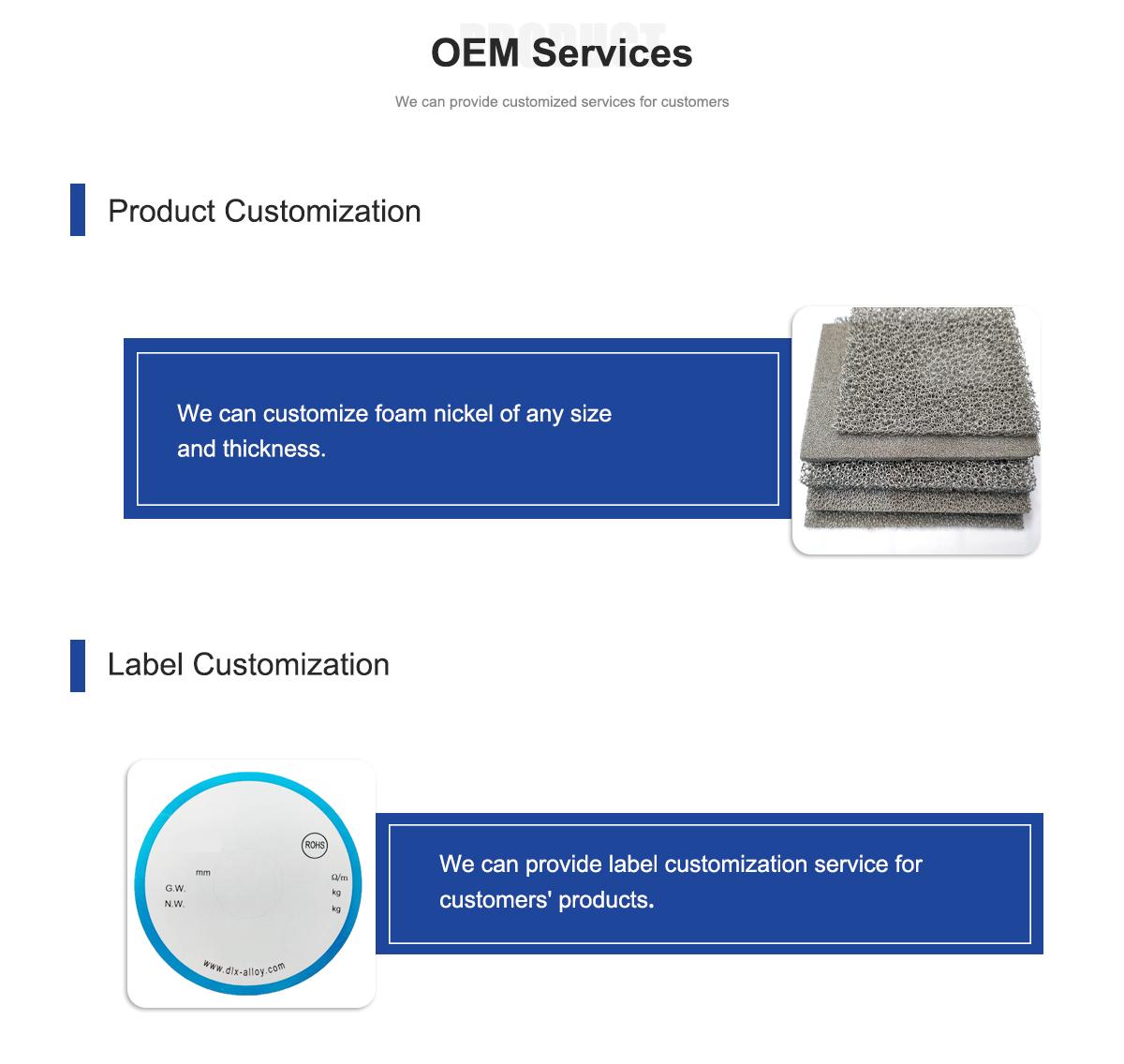
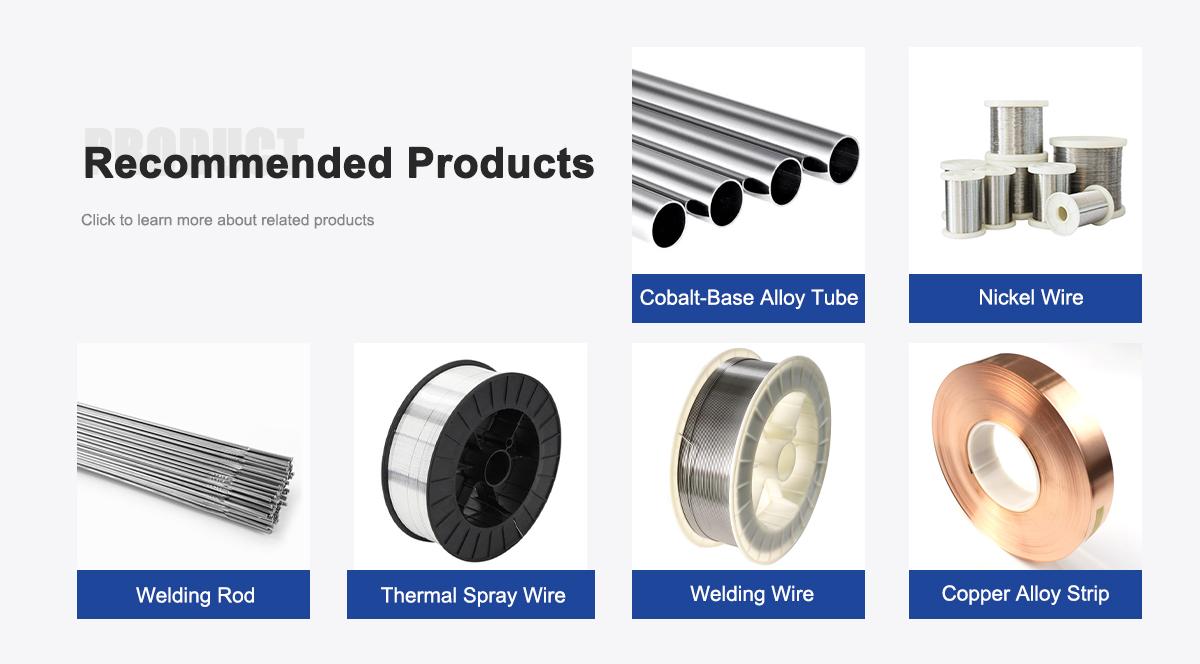
About Us:
Our 12,000㎡ factory is equipped with complete capabilities for research, production, testing, and packaging. We strictly adhere to ISO 9001 standards in our production processes, with an annual output of 1,200 tons. This ensures that we meet both quantity and quality demands. Furthermore, all products undergo rigorous simulated environment testing including high temperature, high pressure, and corrosion tests before being dispatched, ensuring they meet customer specifications.
For all our clients, we offer timely and multilingual after-sales support and technical consulting, helping you resolve any issues swiftly and efficiently.

Client Visits
Building Stronger Partnerships

We support all kinds of testing:


FAQs:
-
What is high-thermal conductivity nickel foam?
It’s a lightweight, porous nickel-based material with excellent thermal conductivity, designed to enhance catalytic converter performance. -
How does nickel foam improve catalytic converters?
Its high thermal conductivity ensures efficient heat distribution, boosting catalyst efficiency and reducing emissions. -
Which industries use this nickel foam?
Automotive, aerospace, chemical processing, and environmental technology sectors rely on it for emission control and catalysis. -
Why is thermal conductivity important for catalytic converters?
It optimizes heat transfer, ensuring consistent catalyst performance and faster reaction rates in high-temperature environments. -
What are the key applications of this nickel foam?
It’s used in automotive catalytic converters, industrial emission control, chemical reactors, and heat exchangers. -
How does nickel foam compare to other catalytic substrates?
It offers superior thermal conductivity, higher porosity, and better corrosion resistance than alternatives like ceramic or metal honeycombs. -
What are the latest trends in nickel foam for catalysis?
Rising demand for cleaner emissions, advancements in nanostructured foams, and eco-friendly production are driving market growth. -
Is this nickel foam environmentally friendly?
Yes, it’s fully recyclable, supports low-emission technologies, and is manufactured with sustainable processes.

